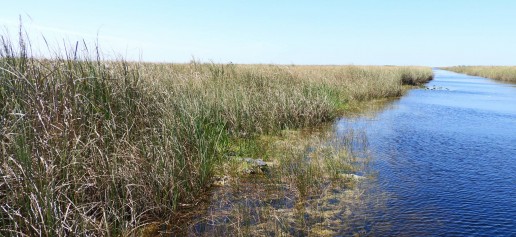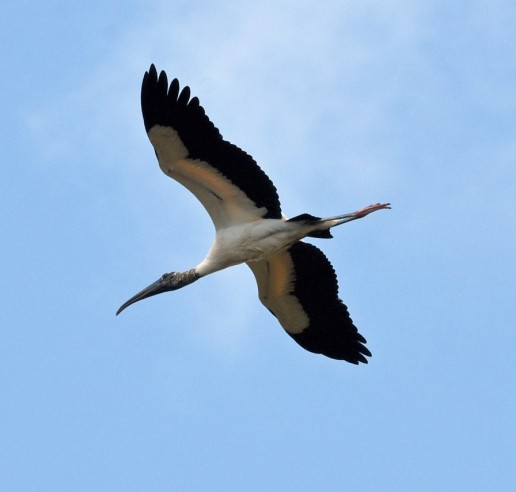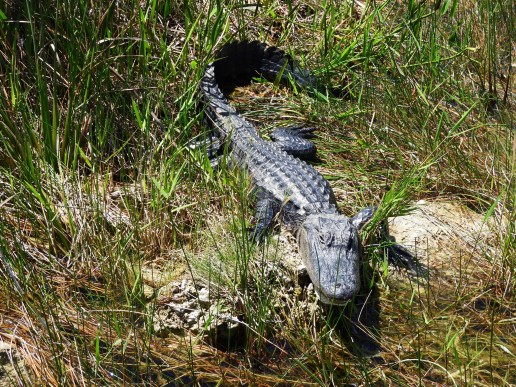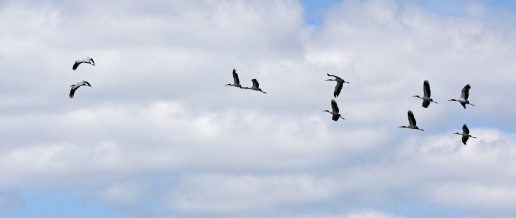A Fragile Paradise: Threatened Everglades Wildlife
Here in South Florida, modern life has made the world seem much smaller to people. Unfortunately, the world has literally gotten smaller for several animal species, including those in the Everglades. Their habitat is threatened by human development, as well as longer periods of drought, affecting the water levels that define the Everglades wet and dry seasons. As of January 2017, there are currently 83 species classified as “Federally Endangered” or “Federally Threatened” by the Florida Fish and Wildlife Commission, including:
- Florida Panther
- Everglades snail kite
- Florida scrub-jay
- Florida leafwing butterfly
- American alligator
- Wood stork

The last two animals mentioned are significant, as both play vital roles in the health of the Everglades’ ecology.
Keystone Everglades Species
Wood storks are one such creature threatened by changes to the Everglades. They are considered to be the “Goldilocks” species of wading birds, because their nesting habits show the health of the Everglades. Wood storks nest during the dry season when water levels are lower, and then feed and train their young as the water and fish population rises.
If the rain season brings too much water, it’s harder for them to find fish to eat. An extended Everglades dry weather season makes their prey scarce.


Even the mighty American alligator has seen its numbers decrease, mostly due to human population growth and a demand for their meat and skin. Since being removed from the endangered species list in 1987, their numbers have been improved through farming. Unlike wood storks, alligators play a more direct role in maintaining the environmental health of the Everglades, by making small ponds called alligator holes.
Alligators clear old vegetation when making these holes, which promotes new growth. And once an alligator moves out of one, it can act as a refuge for fish, turtles, birds, and other small animals during the dry season. Even though they have bounced back, they are still listed as “Federally Threatened” due to their similarity of appearance to the American crocodile.

The Florida Everglades is a truly unique place, one that sustains and is sustained by the wide variety of the plants and animals that live here. At Mack’s Fish Camp, appreciation and awareness of the relationship between the many birds, fish, alligators, and the River of Grass is a cornerstone of Gladesmen Culture, and one we’re grateful to share with you. If you’re interested in experiencing the unique beauty of this environment firsthand on one of our Everglades eco tours, please click here.

